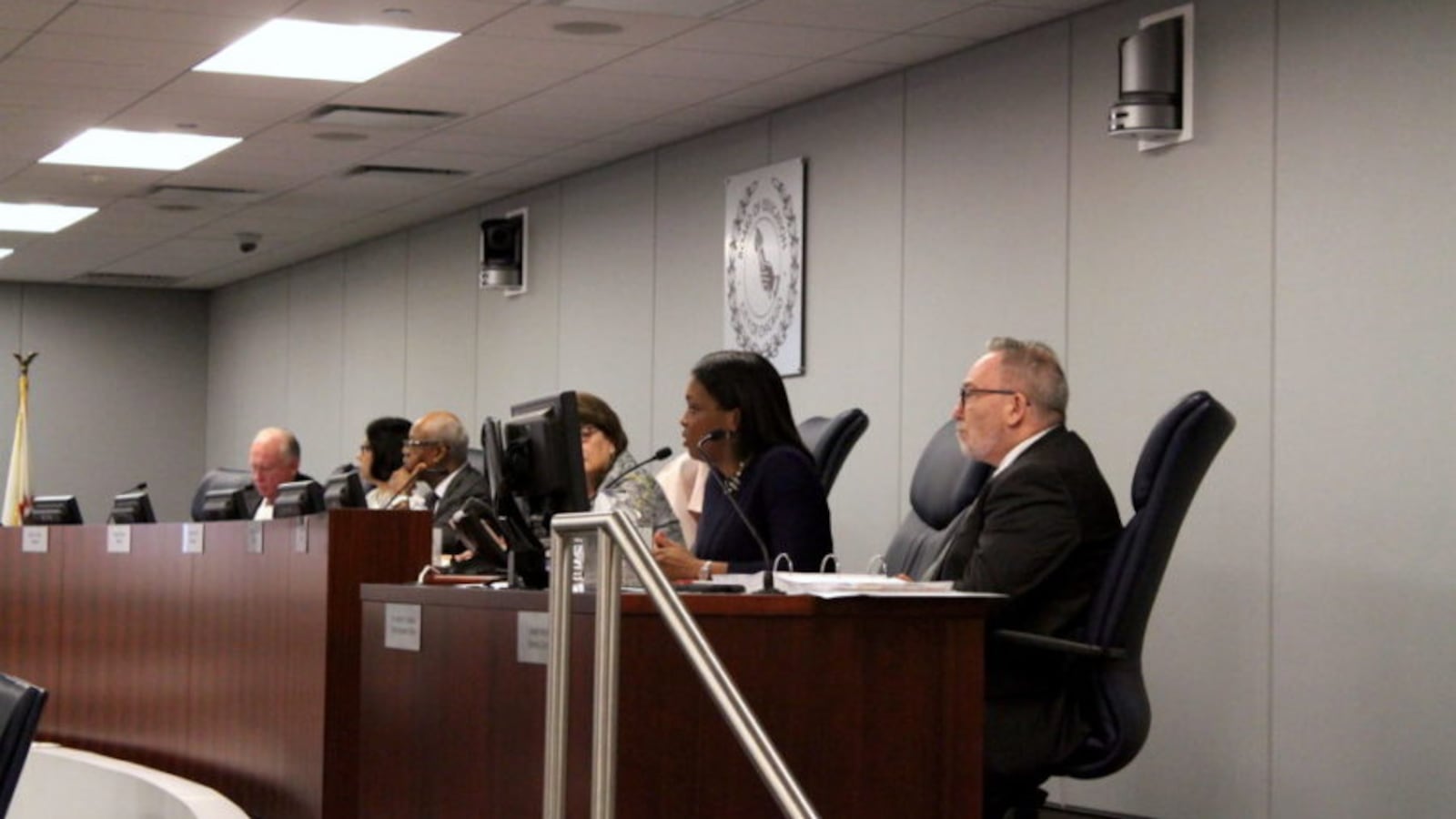Public visitors to the monthly Chicago Board of Education meetings will not be required to show ID to enter the meetings, despite a notice in the September agenda prominently displaying the rule.
“It is crucial for the board’s monthly public meetings to be open to all interested community members, and to ensure no barriers to participation exist, we are rescinding the photo ID requirement for tomorrow’s meeting and all future meetings,” Chicago schools’ spokesman Michael Passman said Tuesday.
The identification rule was not new, and no one had ever been denied entrance for failing to bring ID, according to Passman. But the Chicago Teachers Union and several community members complained when the September agenda was released earlier in the week, prominently displaying the rule front-and-center.
Union Vice President Stacy Davis Gates called the ID requirement a “Jim Crow-era voter suppression” tactic that could “disenfranchise black voters and scare off undocumented residents.”
The board, however, is not planning to back down from another rule it also highlighted in the September agenda, according to Passman: That one prohibits public commenters from addressing the board two consecutive meetings in a row.
Similarly, the limit is not a new policy — in fact, it dates back to 1999. The board opted to spotlight it this month to deter consecutive speakers from signing up for speaking spots and then finding out later they would not be permitted to participate.
Chicago still requires public commenters to register before meetings and limits the number to 60. The two-minute spots usually fill up a day early. Same-day slots for observers who wish to attend but not participate are first-come first-serve.
Among the planned speakers on Wednesday is a group of parents who have written a letter of concern over a district policy requiring Local School Council members to undergo fingerprinting for a background check. They argue it deters participation from undocumented families. Chicago had nearly 200,000 undocumented residents in 2017, according to one demographer’s estimates.

